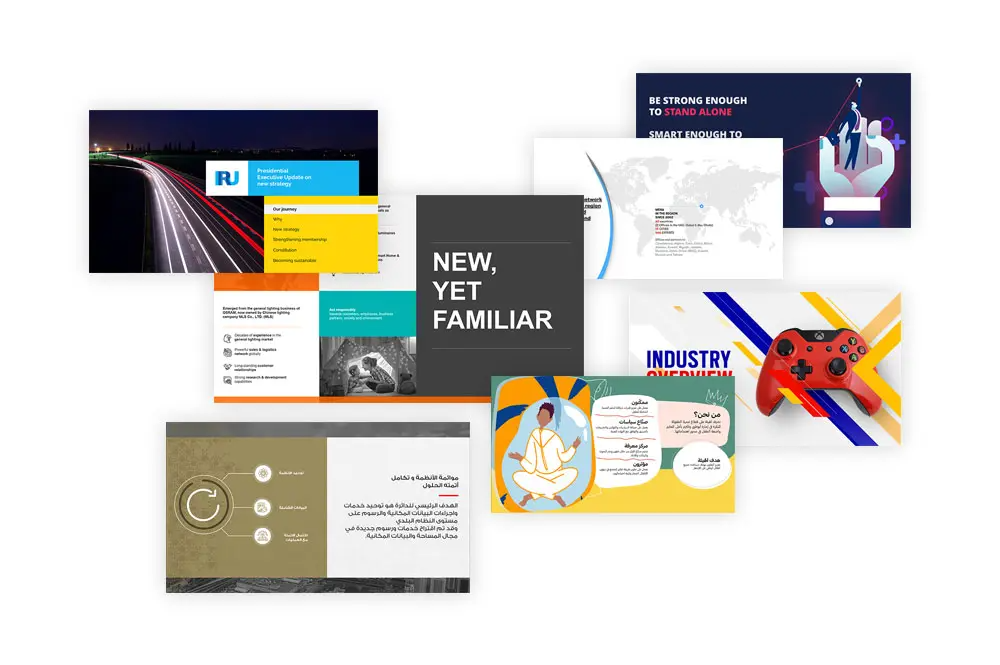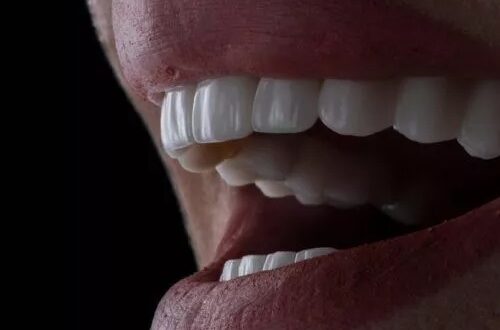
How Visual Storytelling Is The Core Of Presentation Design
Visual storytelling is the art of conveying a story or message through visual elements such as images, videos, and graphics. It has become an increasingly popular form of communication in recent years, especially in the world of presentation design. Here’s an exploration of why visual storytelling is the core of presentation design and how it can transform your presentations.
Human connection through narrative:
At its core, visual storytelling is about creating a human connection. By structuring your presentation as a narrative, you invite your audience on a journey. Stories have the power to evoke emotions, build empathy, and establish a connection that transcends the typical presenter-audience dynamic. This emotional resonance makes your message more relatable and memorable.
Engagement through visual elements:
Visual elements are the key components of storytelling in presentations. Use images, illustrations, and graphics to complement your narrative. A well-chosen visual can convey complex ideas more effectively than paragraphs of text. Visual engagement captures attention and sustains interest, ensuring that your audience remains focused throughout your presentation.
Clear message delivery:
Visual storytelling helps distill your message into a clear and concise form. Instead of bombarding your audience with information, present your ideas in a structured and sequential manner. Each visual element should contribute to the overall narrative, ensuring that your message is communicated with clarity and impact.
Building a memorable experience:
The power of storytelling lies in its ability to create a memorable experience. When your audience associates your message with a compelling story, they are more likely to retain the information. Memorable presentations are not just about data; they are about crafting an experience that lingers in the minds of your audience long after the presentation concludes.
Visual hierarchy for emphasis:
Effective storytelling involves guiding your audience’s attention through visual hierarchy. Use design principles to emphasize key points and guide the flow of information. Whether through size, color, or placement, establish a visual hierarchy that ensures your audience recognizes the importance of each element in your narrative.
Story arcs for structure:
Apply traditional storytelling structures, such as the three-act structure, to your presentation. Introduce a setup, build tension with a conflict or challenge, and resolve with a satisfying conclusion. This structure creates a natural flow, keeping your audience engaged from the beginning to the end of your presentation.



